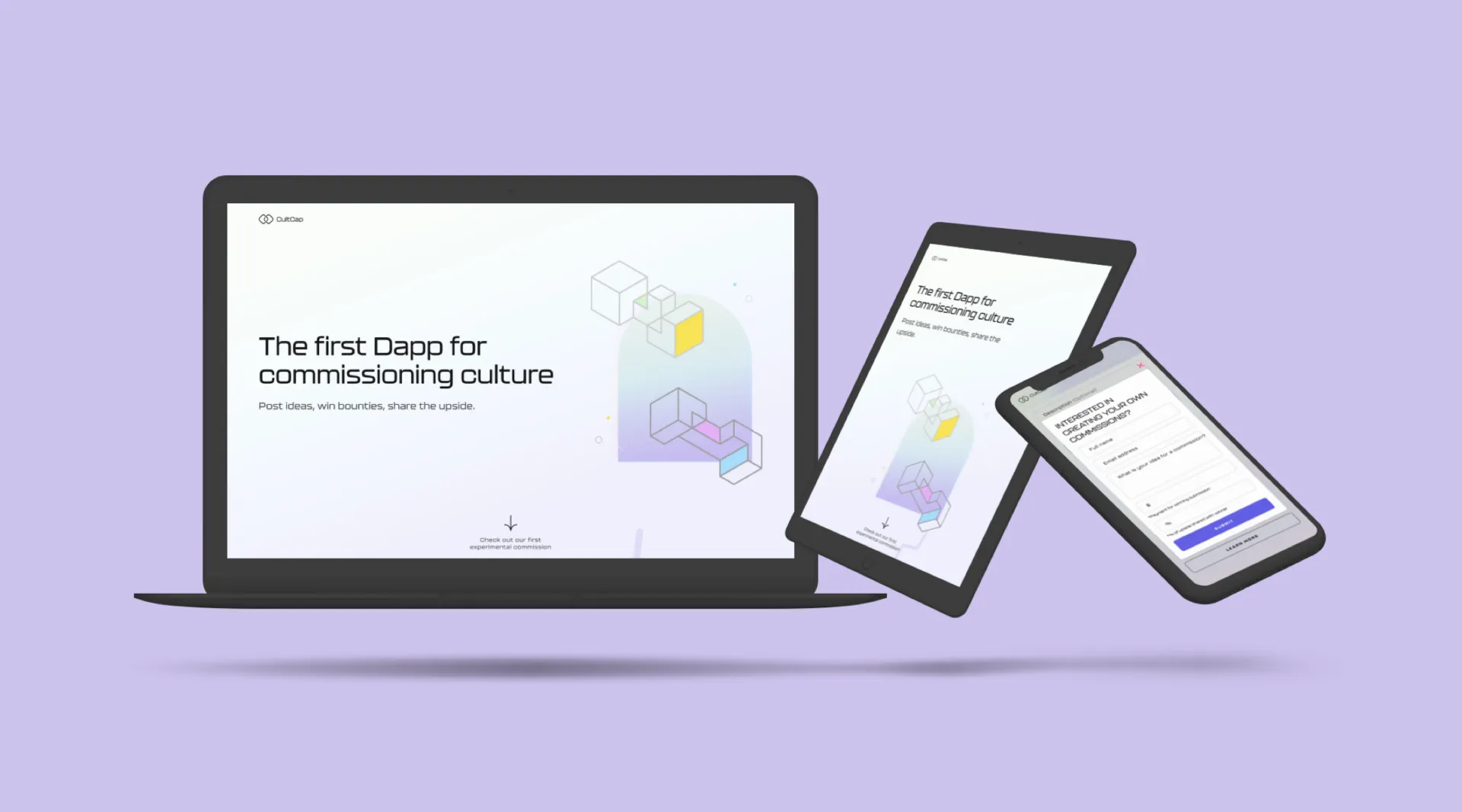How Web3 is Changing the Way We Produce and Consume Content

Remember that AOL dial up tone? We didn’t realize it while messaging friends and visiting informational websites, but we were surfing Web1. Once we launched our first tweet, viewed our first YouTube video, or booked our first AirBnb, we suddenly entered Web2. It’s as if we woke up one morning and the web was powered by user-generated content.
Just as the transition from Web1 to Web2, many of us won’t notice the transition to Web3 until it’s all around us. This time around, brands can prepare themselves. These changes are already occurring, as we’ve seen the rise of blockchain businesses, smart contracts, metadata, and NFT art shows. Don’t be caught by surprise: business leaders need to understand the full effect Web3 will have on content, brands, and consumers.
There’s no better example of how Web2 radically changed the way we consume, produce, and monetize content than the second most popular website in the world, YouTube. On the consumer side, YouTube now has two-billion monthly active users watching one-billion hours of content per day. As for creators, 29,000 accounts have over one-million subscribers. Whether these channels consist of daily vlogs, gaming, tutorials, news, films, music, or branded content, their main source of revenue is the same: YouTube ads. Last year, YouTube split 28.84 billion dollars in ad revenue with creators.
This creator-corporation-consumer triad personifies Web2, as YouTube harnessed the big content funnel and enabled creators to monetize content, free for consumers. Except, while YouTube demonstrates the success of Web2, it also exposes its main shortcoming. Known in web-vernacular as the “Adpocolypse,” YouTube has repeatedly altered their monetization guidelines and prevented creators from receiving their main source of income. Creators now realize they do not control their content: they need to cut out the middle man.

Whereas Web2 relied on corporations to ensure creators receive their paycheck, Web3 replaces the mediator role with blockchain algorithms. Smart contracts record every interaction between client and creator on the blockchain and creates a condition to automatically doll out payment upon client approval. As opposed to YouTube’s mercurial policies, smart contracts are unchangeable once initiated. Moreover, the smart contract’s actions are subject to the scrutiny of multiple network users, preventing a single individual from abusing the contract. Considering the market value of smart contracts is estimated to reach $345.4 million by 2026, business leaders need to reevaluate the way they form agreements and complete transactions.
CultCap understood two things: the enormity of the creator economy, and the nearly universal desire for decentralized monetization. The developers at CXR.Agency got behind their vision of commissioning cultural content with crypto, and started work on their decentralized app, or “dapp.” They identified the best blockchain to use, created a marketplace, and performed rigorous tests. This resulted in a simple platform with a distinct brand, ready to leverage NFTs and crypto to directly fund cultural projects which may not have been made otherwis

Services such as CultCap prove that Web3 will simplify selling and buying. We no longer need a giant corporation standing between the creator and the consumer. Instead, smart contracts can secure the transaction on the blockchain and allow us to focus on what matters most: the content. Investors and brands alike are already catching on. OpenSea, the largest NFT marketplace, enables sellers to create NFTs for free, and buyers can securely purchase them on the blockchain. OpenSea has 80 million NFTs for sale, ranging from art, to music, to experiences. They all have one thing in common: secure transactions from creator to consumer.

We’ve seen the changing tides in the music industry, as NFT music platforms recently earned multimillion dollar investments. Artists are tired of losing 75% of their earnings to Spotify and Apple Music, and NFTs provide a secure and direct means to distribute content and receive payment. Last year, Kings of Leon were the first mainstream band to publish their album as an NFT. Looking ahead, we can expect to see NFT businesses usurp other corporate intermediaries: From NFT podcasts to NFT meditations to NFT games – in Web3, the opportunities are endless.
If you’re curious about the other uses of Web3, you can learn about our services here. And if you’re wondering how you can leverage this technology to support secure transactions and original content, feel free to drop us a line.
At CXR.Agency, we’re solving tomorrow’s business challenges in thoughtful, elegant ways. We aim to be strategic leaders in emergent technologies, innovators in user experiences. From branding to web development to staff augmentation, we’re here to equip businesses with the tools they need to thrive in today’s world. Explore our latest case studies here.